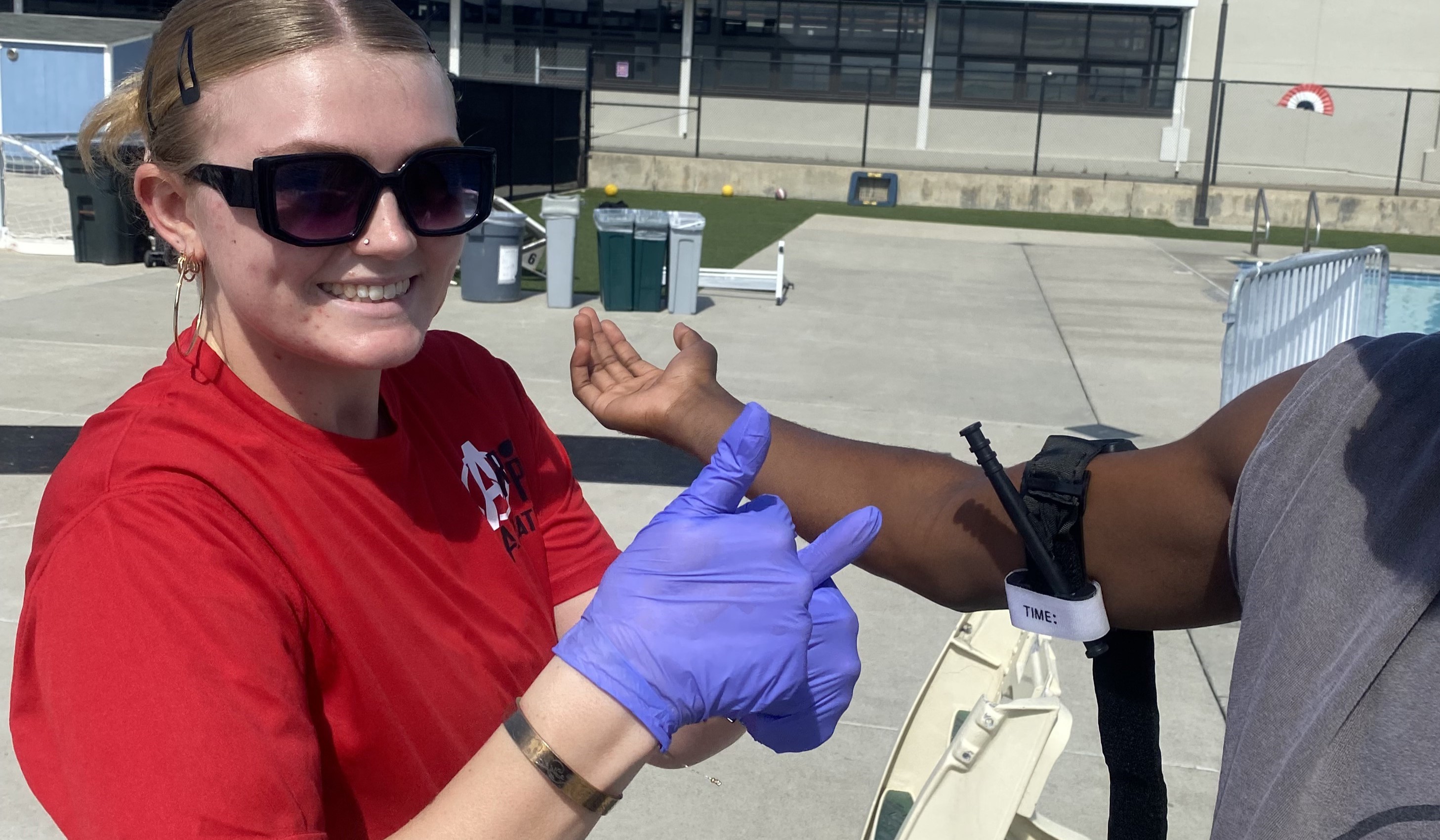The Consumer Product Safety Commission has released its much-awaited preliminary interpretation of the federal Pool and Spa Safety Act’s requirements for commercial pools.
Though it’s not yet known how CPSC will weigh in on residential installations, the commercial portion has generated dozens of responses — pro and con — from industry members, safety advocates and government officials. After considering everyone’s comments, the CPSC will produce the final commercial law.
This first-ever federal pool and spa safety law was passed last year. The legislation states that all commercial pools must be outfitted to prevent drowning and entrapment by Dec. 19, 2008. It also established a grant program to entice states to pass their own safety laws for residential installations.
Congress charged CPSC with determining the exact requirements for safeguarding pools and spas.
Currently, the commission is focusing only on commercial installations. Residential requirements will be released later in the year, according to CPSC spokes-person Scott Wolfson.
In spite of being given some leeway, one commercial mandate was not left for CPSC to interpret. It states that all drain covers must comply with ASME/ANSI A112.19.8 2007. The standard requires that covers be tested for structural integrity, body and hair entrapment, and that they display the maximum flow rate for which they have been approved.
Many manufacturers are left playing “Beat the Clock,” trying to determine which of their products may meet the performance standards and which will need alterations, and preparing to have them tested.
“The timeline is getting very narrow,” said Carvin DiGiovanni, senior director of technical, education and government relations for the Association of Pool & Spa Professionals. “The manufacturers are doing everything possible.”
One performance trial, in particular, worries some manufacturers because it is time-consuming to complete. The test involves placing the cover in a chamber that simulates sunlight, and leaving it there for 1,000 hours to see how it will hold up.
To make things more complicated, ANSI is writing an addendum to the standard, which it doesn’t expect to finish until this summer.
Even for the drains that do pass, some worry that manufacturers may not be able to produce enough units to bring the estimated 287,730 public pools in the United States to compliance.
“I’m hearing a lot of code officials and builders saying, ‘We want to meet the law, but how can we do that if the covers aren’t available?’” DiGiovanni said.
For their part, testing laboratories are trying to help with the remaining seven-month scramble. Underwriters Laboratories Inc. is expanding its testing lab to accommodate the rush.
“An awful lot of things need to get tested really fast,” said Gary Siggins, Underwriters Laboratories’ principal engineer for swimming pool, spa, and whirlpool bath equipment.
The independent testing organization also will contact its clients to let them know about the standards. And UL will provide consulting to pool operators and installers.
But whatever questions remain, one big one has been answered. In its interpreta-tion, CPSC has stated it does not require safety vacuum release systems or other devices for preventing a vacuum in commercial installations.
Dual main drains per pump will suffice if they are placed 3- to 6 feet apart, have the proper covers and only allow a maximum velocity of 1.5 feet per second. Single-main-drain pools — other than those with unblockable drains — will need to have SVRS’s, atmospheric vents, gravity-drainage systems, automatic shut-offs and drain disablement or other devices CPSC deems equally effective.
In her comments, the law’s author, Rep. Debbie Wasserman Schultz (D-Fla.), acknowledged that the law does not mandate such devices. She did, however, ask CPSC to strongly recommend the devices on all pools. She had intended the law to mandate these devices, but that language became watered down.
The Pool Safety Consortium, an organization of safety-product manufacturers, issued a warning in its comments, saying one should not assume that SVRS’s and similar devices will not be required on residential pools.
“[The residential section] has different objectives …,”
the group stated. “We believe, and will argue at the appropriate time, that the definition of ‘a single main drain’ in [the residential section] was intended by Congress to be different from the definition of ‘a single main drain’ in [the commercial section].”
Others expressed concern for how the law is to be enforced. No penalties have been outlined and no guidelines explain how to ensure compliance.


